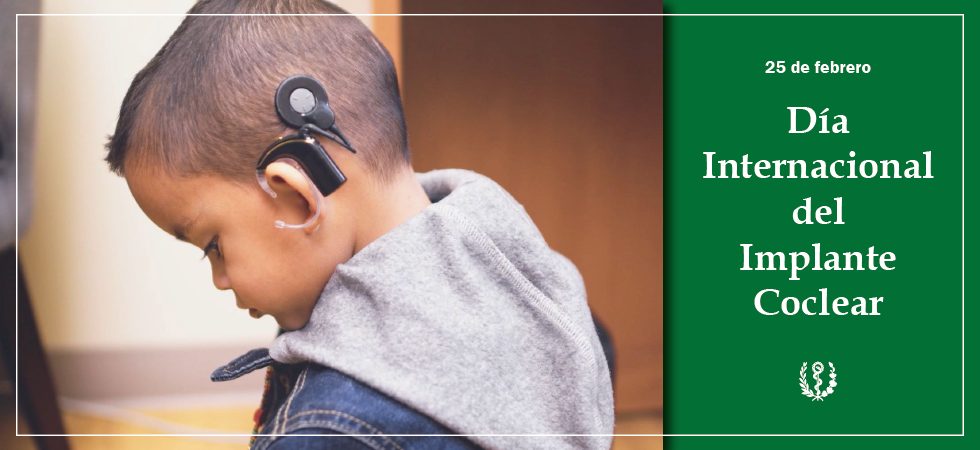According to experts, it is an e-device that converts sound signals into electrical signals sent to the brain and interpreted as sound.
The World Health Organization (WHO) estimates that one in three per thousand children are born with severe bilateral hearing loss and one percent will require cochlear implants.
In Cuba, around 70 to 80 children a year are candidates for cochlear implant to achieve linguistic rehab and social inclusion.
First extracochlear single-channel implant was conducted in 1987 in Cuba and 10 years later, intracochlear multichannel implants started to be implemented at the Hermanos Ameijeiras Hospital.
For two and a half decades Cuba has been successfully developing the National Cochlear Implant Program, giving priority to children with multiple disabilities, including deafblindness.
It has a multidisciplinary, interinstitutional and intersectoral approach, as well as the Specialized Cochlear Implant and Complex Ear Surgery Service, located in the Borras-Marfan Children´s Hospital in Havana.
To date, 556 cochlear implants have been conducted in Cuba (10 of them bilateral) on 543 patients, Dr. Sandra Bermejo, specialist in Otorhinolaryngology and head of the cochlear implant service of the Borras-Marfan Pediatric Hospital, told Prensa Latina.
Pll/mem/lpn









